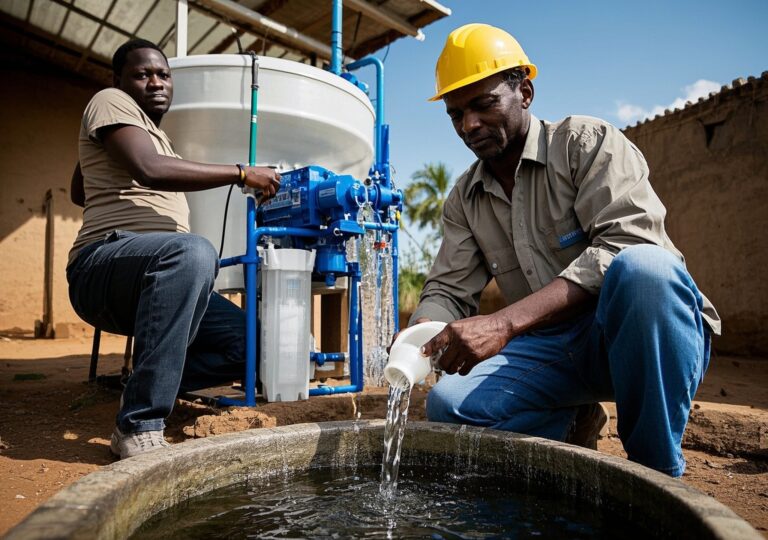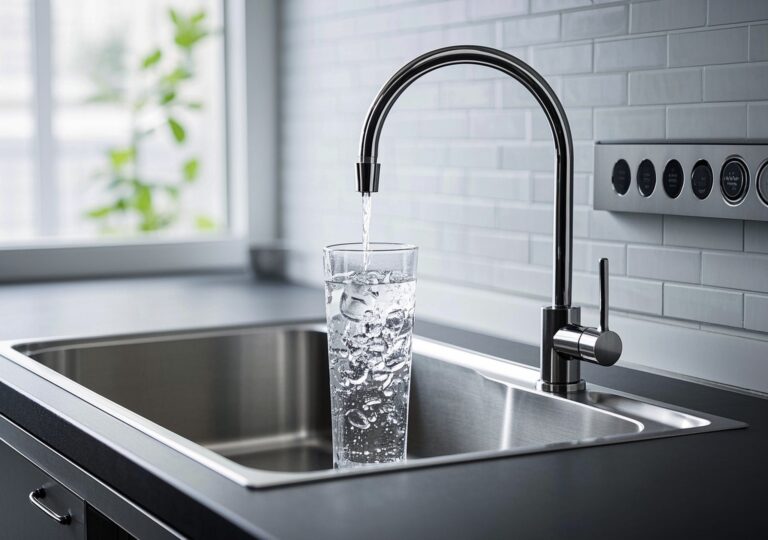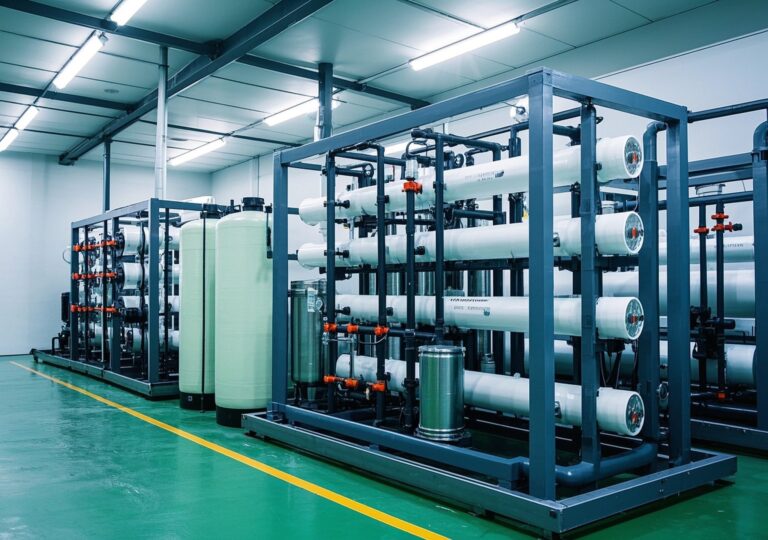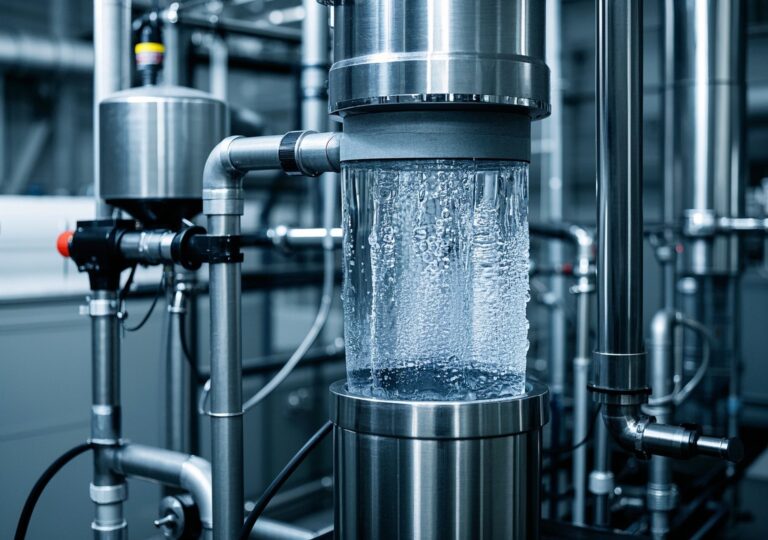Energized Perspectives on Hard Water Treatment for Hair in Commercial Markets
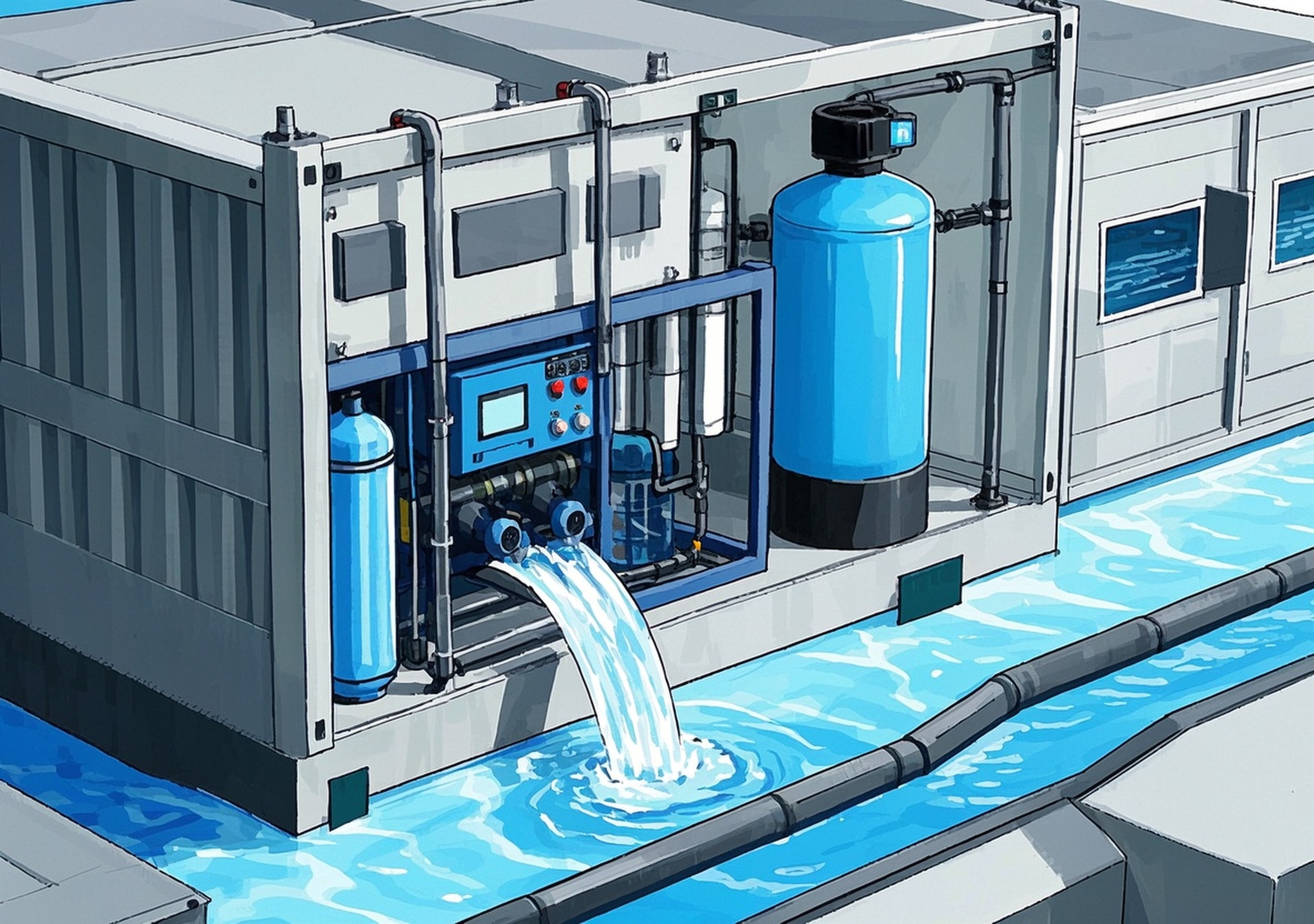
Energized Perspectives on Hard Water Treatment for Hair in Commercial Markets
In industrial and commercial environments, ensuring optimal water quality is crucial—not only for manufacturing processes but also for personal care applications such as hair treatment. Hard water, characterized by elevated concentrations of calcium and magnesium ions, poses significant challenges for hair health and care products. This article explores the core technologies and scalable solutions employed in water treatment systems, addressing issues relevant to hard water treatment for hair in commercial markets.
1. Technical Overview of Water Treatment Systems
1.1 Reverse Osmosis (RO) Membrane Systems
Reverse Osmosis technology is foundational to achieving high-purity water by forcing water through a semi-permeable membrane to remove dissolved minerals, including calcium and magnesium ions responsible for hardness. These systems come in several capacity grades tailored to different commercial scales:
- Small-scale Units: Capable of producing 20 to 200 gallons per day (GPD), ideal for boutique salons or small manufacturing labs requiring purified water for hair care formulations.
- Medium-scale Units: Yielding 500 to 5,500 GPD, suitable for medium-sized cosmetics factories or commercial laundries where water quality heavily impacts product integrity.
- Large-scale Units: Delivering up to 100,000 GPD, designed for full-scale industrial operations such as large shampoo and conditioner manufacturing plants or hotel chains with high-volume water usage for client hair treatments.
RO systems provide a comprehensive removal rate exceeding 95% of total dissolved solids (TDS), significantly mitigating hair damage induced by mineral buildup.
1.2 Filtration and Softening Systems
Filtration units equipped with multimedia or activated carbon filters serve as pretreatment by removing sediment, chlorine, and organic impurities that can interfere with RO membranes or cause other water quality issues. Water softeners, through ion exchange processes, specifically target hardness ions (Ca²⁺, Mg²⁺), replacing them with sodium ions, thus effectively reducing water hardness.
- Small filters and softeners: Sized for low water throughput, fitting small facilities or localized treatment points such as shower filters in salons.
- Commercial-grade softeners: Designed for throughput between 500 and 10,000 GPD, used extensively in commercial laundry, hospitality, or cosmetic manufacturing.
- Industrial softening systems: Large-scale units with capacities exceeding 50,000 GPD, capable of serving municipalities or multi-site corporate clients requiring consistent high-quality softened water.
1.3 Containerized Water Treatment Systems
Modular, containerized systems integrate multiple treatment technologies—filtration, softening, RO, UV sterilization—within transportable units for rapid deployment and scalability. Typical configurations include:
- Compact modules: 10 to 20 feet containers suitable for pop-up hair care production or remote site facilities.
- Large containerized plants: 40 feet or larger units for industrial-scale water processing with flexible system design, ensuring consistent water softness critical for sensitive cosmetic applications.
1.4 Cleaning and Sterilization Units
Post-treatment disinfection, often achieved via ultraviolet (UV) sterilization or mild chemical dosing, ensures microbiological safety without altering water softness. These systems are essential where water contacts scalp or skin, as in commercial haircare spas and salons.
2. Manufacturer Expertise and Quality Assurance
Leading manufacturers in the industrial water treatment space emphasize comprehensive quality control protocols, adherence to ISO standards, and continuous innovation in membrane and ion exchange technologies. Their decades-long experience allows customization tailored to the nuanced demands of commercial hair treatment markets, balancing efficiency with product safety.
- Technical R&D: Development of membranes with enhanced fouling resistance and selective ion removal.
- After-sales support: Monitoring performance analytics, remote diagnostics, and maintenance programs ensuring long-term operational stability.
- Innovation focus: Integration of IoT-enabled sensors for real-time water quality tracking in commercial haircare facilities.
3. Diverse Application Scenarios
Water treatment systems are employed across various industrial and commercial contexts relevant to hair care:
- Seawater Desalination for Water Scarce Regions: Desalinated water, followed by softening and polishing, serves large cosmetic manufacturing plants in coastal areas, ensuring raw water free from harmful minerals.
- Portable Drinking Water Treatment: For mobile haircare boutiques and pop-up salons, containerized softening combined with compact RO units supply on-demand, soft water, enhancing client satisfaction and hair health outcomes.
- Special Environments: Advanced water treatment maintains hydration water quality in remote or extreme locations such as spacecraft cabins or military outposts, where hair and skin care are essential for wellbeing despite logistical challenges.
4. Practical Insights and Expert Experience
From my observations in deploying commercial hair treatment setups in multiple hospitality chains, a layered approach integrating point-of-entry water softeners with RO membrane polishers yields the best balance between cost and efficacy. For example, in a recent project in a five-star hotel chain, installation of a two-stage system reduced water hardness by over 90%, noticeably improving guest feedback on hair softness and scalp comfort post-shower, as well as reducing detergent usage by 25% in laundry operations.
Moreover, I have worked closely with formulation teams in hair care product manufacturing where sourcing softened water with less than 1 grain per gallon hardness consistently improved product stability and reduced mineral deposit formation in shampoos. This contributed to a 15% increase in customer satisfaction based on repeated usage feedback.
Experience also shows that incorporating precise water quality monitoring tools integrated with softening systems allows predictive maintenance, preventing downtime and ensuring uninterrupted supply of ideal water quality for hair treatment processes.
5. Conclusion
Addressing hard water treatment for hair in commercial markets requires a multifaceted water treatment strategy. Through advanced reverse osmosis membranes, ion exchange softeners, modular containerized systems, and effective sterilization units, it is possible to consistently deliver high-quality soft water that protects hair integrity and enhances user experience. Manufacturers with strong technical expertise provide tailored, scalable solutions across industries from personal care product manufacturing to hospitality and beyond. Combining technology with operational insights fosters sustainable, effective water treatment that meets the evolving demands of commercial hair care applications.
References
- Masami – The Impact of Water Quality on Hair Health
- Pentair Water Solutions – How Hard Water Affects Hair & Skin
- Keratin.com – An Examination of the Impact of Hard Water on Hair: Strength, Structure, and Mineral Deposition
- Dr Cinik – Hard Water and Hair Loss: Impact on Hair Health and Beauty
- PMC – Effects of Hard Water on Hair
- Grand View Research – Water Treatment Systems Market Size, Share Report 2030
- MarketsandMarkets – Personal Care Ingredients Market Size
- Grand View Research, Inc. – Point of Entry Water Treatment Systems Market Worth $12.42 Billion by 2028
- MarketsandMarkets – Natural Personal Care Ingredients Market Industry Size Growth Forecast
- GlobeNewswire – Cosmetic Ingredients Market Size Worth USD 61.94 Billion by 2034

